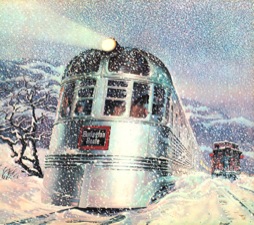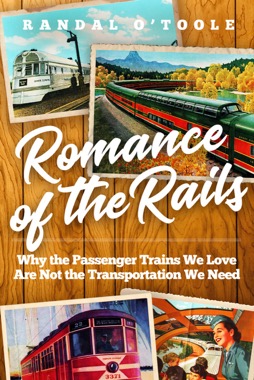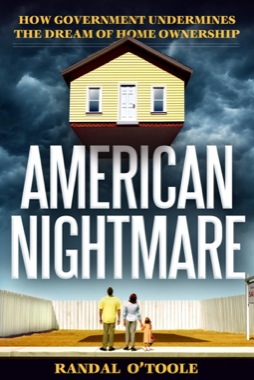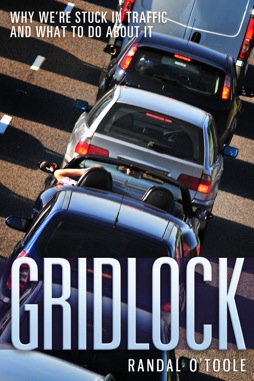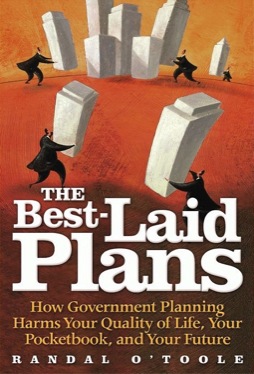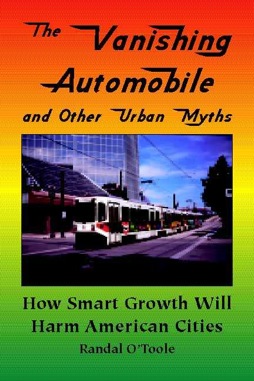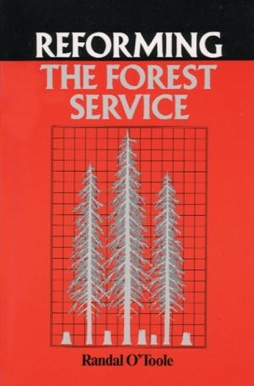Am I ahead of my time or simply out of step with the times? When I began studying light rail, I quickly realized that buses could do everything light rail could do except cost a lot of money. I was especially heartened when Kansas City, whose voters had rejected light rail in something like eight different elections, spent about $3 million a mile (about $4 million a mile in today’s money) installing two bus-rapid-transit (BRT) lines and got 30 to 50 percent increases in ridership, which is more than some light-rail lines get.
Bus Rapid Transit takes cars off the road and moves people quickly, providing the benefits of metros at a fraction of the cost while cutting CO2 emissions.
Learn more: https://t.co/nP40VAgWun #LivablePlanet pic.twitter.com/fx337y0gsa
— World Bank (@WorldBank) October 23, 2023
So I should be happy about recent reports favoring BRT.
- As noted above, the World Bank reports that “Bus Rapid Transit takes cars off the road and moves people quickly, providing the benefits of metros at a fraction of the cost.”
- An article in Research in Transportation Economics found that the values of homes within a 20-minute walk of a bus-rapid transit station increased by 5 to 7 percent and the total increase in property values was six times the cost of the BRT projects.
- Jarrett Walker reports “good outcomes” from a new BRT line in Portland, specifically a 30 to 40 percent increase in ridership.

